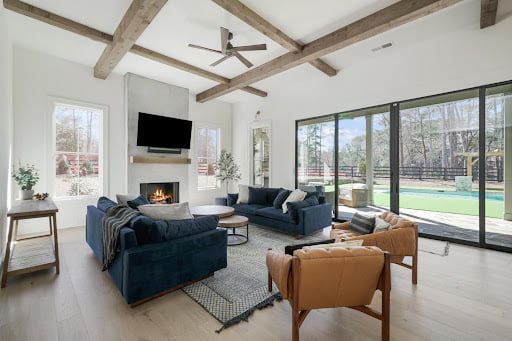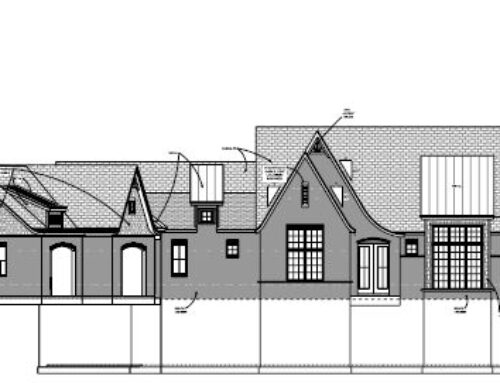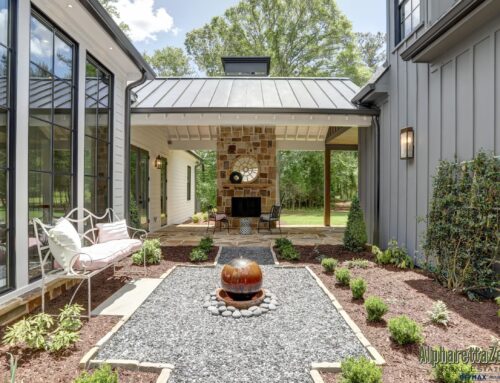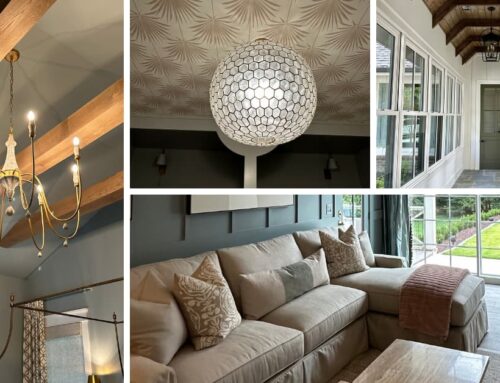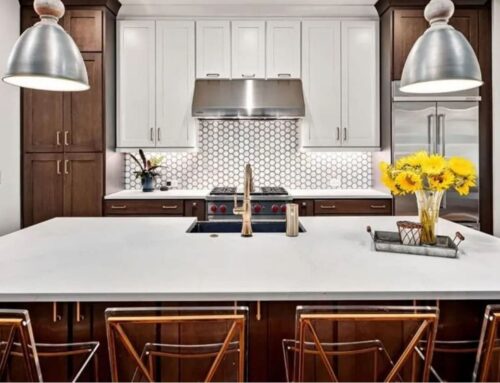I believe one of the best reasons to build custom is so you can maximize the benefits of sun light. Maximizing natural light in custom home interiors is a crucial aspect of design, as it not only introduces beauty in the form of color, textures, and shadow play but also brightens our moods, boosts our health, and reduces energy consumption.
Here are some tips on how to achieve the perfect natural light design for your custom home:

1. Consider the orientation of your home
When designing a custom home, it’s essential to consider the orientation of the building and how it will affect the amount of natural light in each room. Here are some tips:
- North-facing rooms: These rooms receive the least amount of direct sunlight, so it’s essential to maximize natural light through the use of large windows and reflective surfaces.
- South-facing rooms: These rooms receive the most direct sunlight, so it’s crucial to incorporate shading devices, such as blinds or shades, to control the amount of light and heat entering the space. Thinking through this area can save on heating and cooling as well.
- East and west-facing rooms: These rooms will receive direct sunlight at different times of the day, so it’s important to consider the placement of windows and shading devices to control the amount of light and heat entering the space. They can be great areas for house plants.

2. Use light to enhance details
Natural light can be used to highlight architectural details and enhance the overall design of a space. When you don’t have it naturally where you would have wanted it consider the following:
- Accent lighting: Placing light fixtures strategically to highlight specific architectural features, such as a fireplace or a piece of artwork, can create a focal point and add visual interest to a room.
- Translucent materials: Using translucent materials, such as frosted glass or sheer curtains, can help diffuse natural light and create a soft, inviting atmosphere in a room.

3. Create large glass openings
Strategically placing expansive openings in the form of windows, floor-to-ceiling glass, skylights, or internal light wells is one of the most effective and intuitive methods for allowing natural light into your home and connecting with your surrounding environment. Consider the following:
- Floor-to-ceiling windows: These windows create a seamless transition between the interior and exterior spaces. You can make a small room feel like an acre with a great floor to ceiling window.
- Skylights: Installing skylights in rooms with limited wall space, such as bathrooms or hallways, can significantly increase the amount of natural light in these areas. Just be mindful not to make the ceiling space feel like swiss cheese.
- Internal light wells: These architectural features can be used to bring natural light into the center of a home, even in rooms that are not directly connected to an exterior wall. More commonly used in basements.

4. Select the right paint colors and finishes
The colors and finishes you choose for your walls, ceilings, and floors can have a significant impact on the amount of natural light in a room. Consider the following:
- Lighter colors: Lighter colors reflect more natural light, making a room feel brighter and more spacious.
- Glossy finishes: Glossy finishes, such as high-gloss paint or polished wood, can help reflect natural light and create a more luminous space.
- Paint shade variations: Because the tent of light reflecting can have a large impact on your paint make sure to sample your paint color in a similarly lit room. If you don’t know all the ways light might affect it just make sure you like the paint color in several light options.

In conclusion, making the most of natural light in custom home interiors is a crucial aspect of design. Understanding how light interacts with the architecture, using light to enhance details, selecting the right paint colors and finishes, and considering the orientation of your home, you can create a space that is not only beautiful but also functional and energy-efficient. Remember, natural light design is about more than just aesthetics; it’s about creating a space that enhances your well-being and quality of life.
